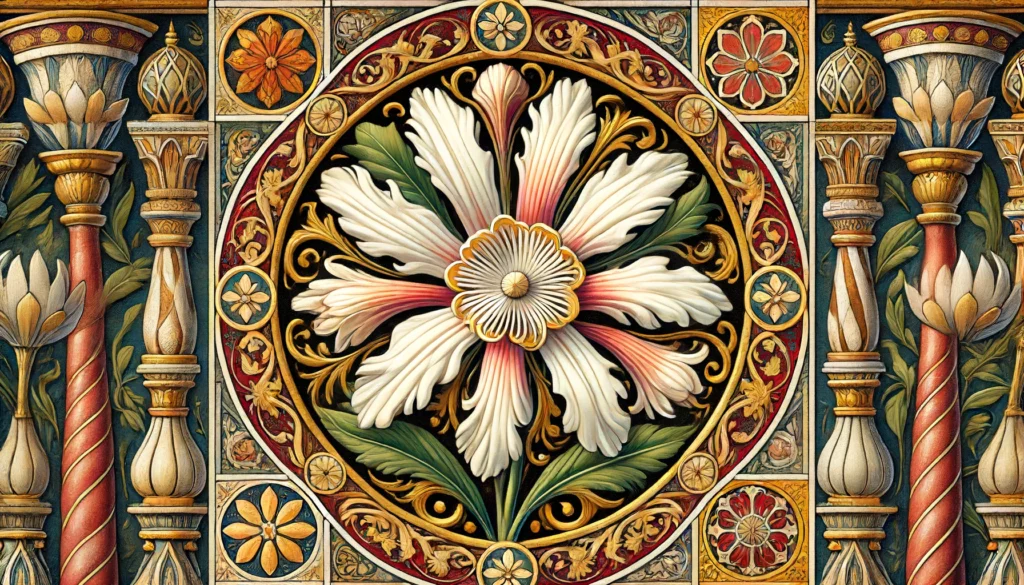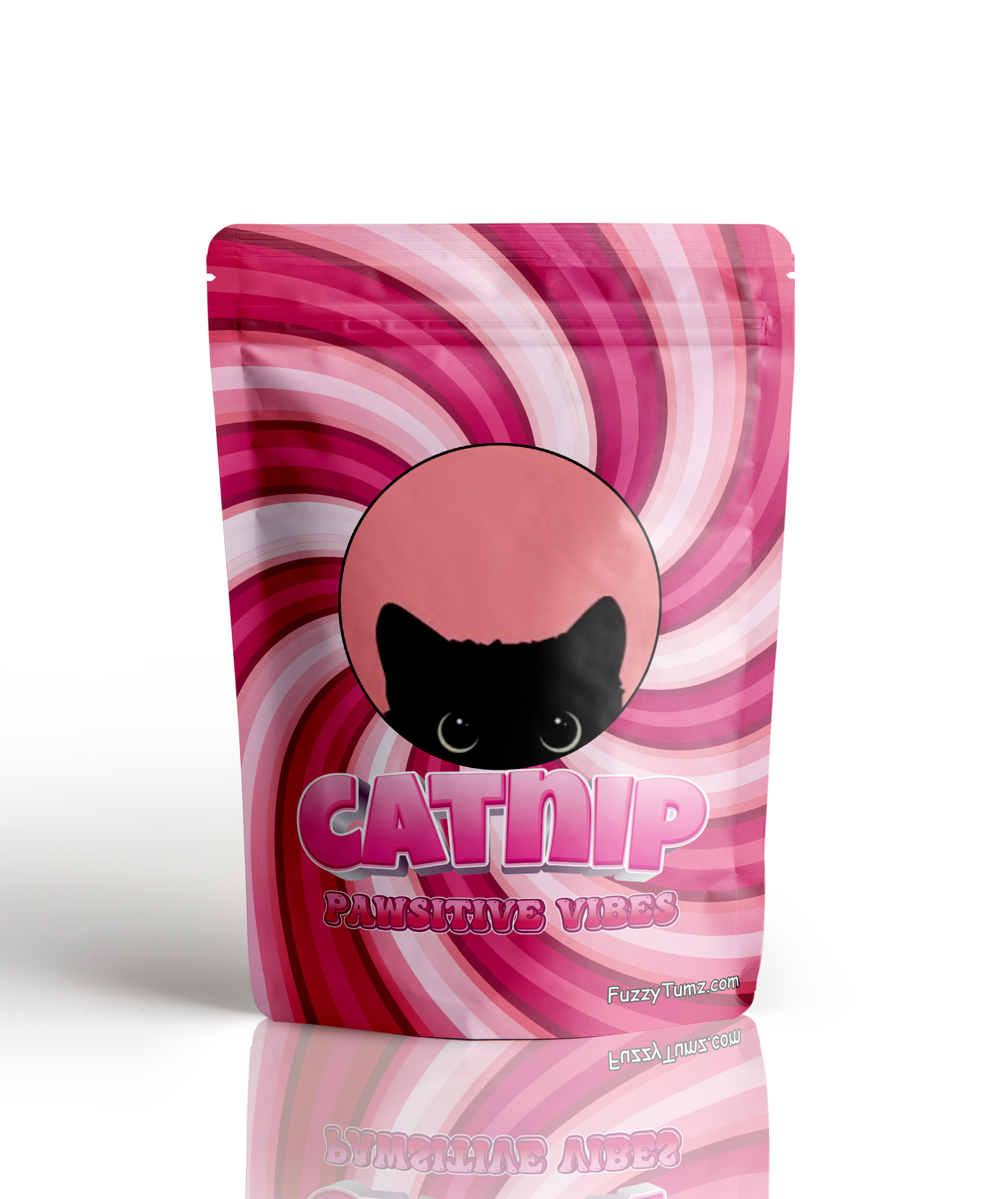Home » Cat Plants » Is the Cape Jasmine Plant Harmful to Cats?

Cape Jasmine (Gardenia jasminoides) is a flowering plant that is toxic to cats. It contains the toxins geniposide and gardenoside, which can cause gastrointestinal distress in felines. These compounds give the plant a bitter taste, acting as a natural deterrent to herbivores.
However, cats’ curiosity may lead them to nibble on the plant, potentially causing harm. Cape Jasmine is commonly found in residential gardens and floral arrangements, particularly in warm, subtropical, and tropical regions.
Ingestion may cause mild gastrointestinal upset, but is generally not life-threatening.
Ingestion can result in mild symptoms like vomiting, diarrhea, or drooling. Rarely fatal but may require veterinary care.
Eating these plants can lead to more pronounced symptoms like abdominal pain, lethargy, or difficulty breathing. Veterinary intervention may be necessary.
Ingesting even small amounts can cause severe symptoms like organ damage, seizures, or cardiac failure without rapid treatment.
All parts of these plants are extremely poisonous to cats and can quickly lead to death, even with immediate veterinary care.
** Please note: Please note that toxicity level can vary based on the amount ingested and the specific cat. It's always best to keep these plants completely inaccessible to cats and seek immediate veterinary care or call the poison hotline if you suspect your cat has ingested any part of a toxic plant.
If a cat ingests any part of the Cape Jasmine plant, including the leaves, flowers, or stems, it may exhibit various symptoms. The severity of these symptoms can range from mild to severe, depending on the amount consumed.
In more severe cases, the cat may experience cardiovascular changes, central nervous system abnormalities, and respiratory distress.
It is crucial to monitor your feline companion closely and seek immediate veterinary attention if you suspect Cape Jasmine ingestion.
If you notice your cat exhibiting symptoms after potential exposure to Cape Jasmine, it is essential to seek veterinary care promptly. Your veterinarian may follow these steps to diagnose and treat the condition:
For more information on plant poisoning in cats, you can refer to the ASPCA’s Animal Poison Control Center or consult with your veterinarian.

A: Yes, cats can be allergic to Cape Jasmine. Symptoms of an allergic reaction may include itching, sneezing, and skin irritation.
A: Yes, Cape Jasmine, also known as Gardenia, is toxic to cats. Ingesting any part of this plant can cause symptoms such as vomiting, diarrhea, and drooling.
A: Symptoms of Cape Jasmine poisoning in cats include vomiting, diarrhea, excessive drooling, and abdominal pain. Immediate veterinary care is recommended if ingestion is suspected.
A: To prevent contact, ensure that Cape Jasmine is not present in your home or garden. Keep your cat indoors or monitor outdoor activities closely to avoid exposure.
A: If your cat ingests Cape Jasmine, contact your veterinarian immediately. Do not induce vomiting unless instructed by a veterinary professional. Immediate medical attention is necessary.
A: Yes, Cape Jasmine is commonly found in gardens and as an ornamental plant. It is important to ensure this plant is kept out of reach of cats to prevent accidental ingestion.
Cape Jasmine, scientifically known as Gardenia jasminoides, is a flowering shrub native to parts of Southeast Asia, including China, Japan, and Vietnam.
It was first introduced to the Western world by traders who encountered it in China and brought it to Europe via the Cape of Good Hope in South Africa, hence the name “Cape Jasmine.”
The plant was initially cultivated in hothouses in Europe due to its preference for warm climates. In the 18th century, Scottish naturalist Alexander Garden successfully grew Cape Jasmine outdoors in Charleston, South Carolina, where it quickly gained popularity.
The plant’s genus, Gardenia, was named in honor of Garden by his friend, the renowned botanist Carl Linnaeus.Cape Jasmine is renowned for its fragrant, creamy white flowers and glossy, dark green foliage. It has become a beloved ornamental plant in the Southern United States, where it thrives in the warm, humid climate.
Please note: The information shared in this post is for informational purposes only and should not be considered as veterinary medical advice.
